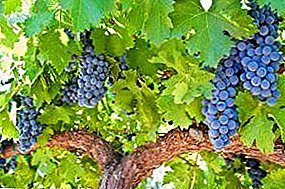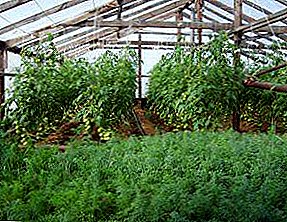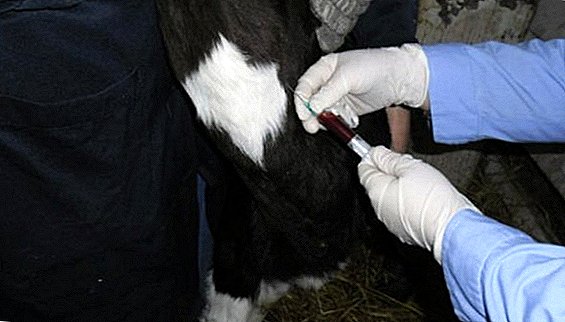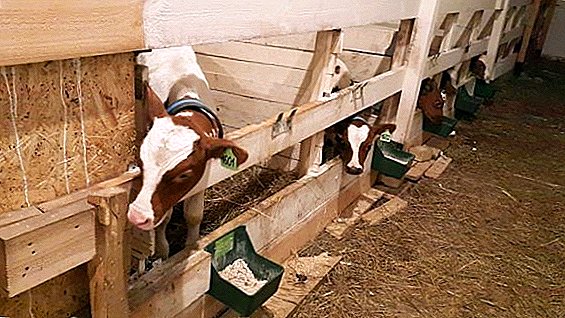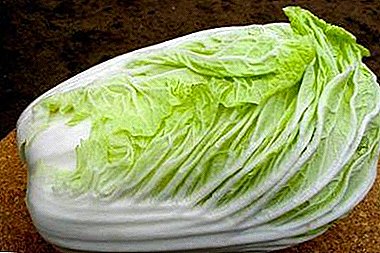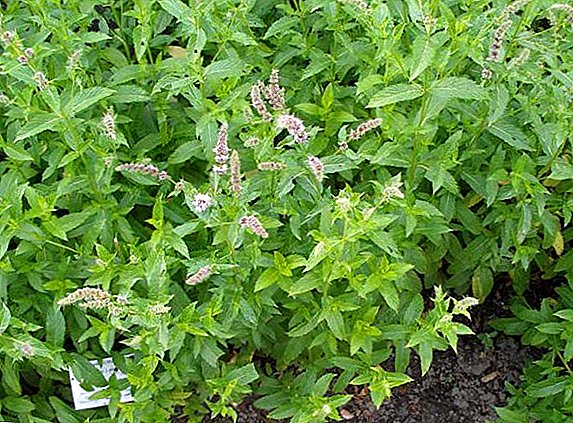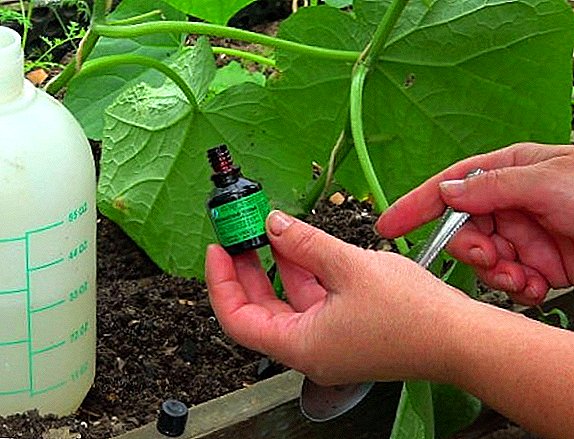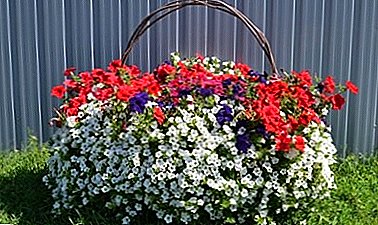
Sansevieria (sanseviera) cylindrical It belongs to the genus Sansevieri, which includes more than a dozen species of plants, distinguished by the absence of a stem and long xiphoidal leaves, decorated with bright spots of various shapes and colors. Homeland plants are tropical and subtropical forests of South Africa. To grow this plant in room conditions began in the 14th century. In Europe, it is called leopard lily, African cannabis and diabolical language. In Russia, sansevieria was given the name pike tail.
Plant description
Sansevieria cylindrical different from other representatives of a kind leaves twisted into a tubegrowing right out of the ground. 
Thanks to careful selection, it was possible to develop several varieties of this plant, which differ in the thickness and height of leaf blades, the location, shape and color of the bands on them.
Among most popular can distinguish Sansevieriya Mikado, Spike, Spaghetti and Twister. The latter variety is unique in that its leaves retain the ability to bend, so you can arrange a flower in the form of a braid.
Sansevieria grows cylindrical to one and a half meters in height. Dark green leathery leaves have a pronounced longitudinal chute, and at the tip - a sharpening, which often dries, turning into a thorn.
Light spots on the leaves form a typical banding. Depending on the variety, such spots may be wide or narrow. They also differ in shades: some have tones similar to the main color, while others contrast with it.
During flowering cylinder sansevieria releases flower spikewhose length can reach 1 meter. White tubular flowers with pinkish tips are located on it evenly, in the form of an ear or elongated along the length of the brush. Depending on the variety, the color of the peduncle may be light green, bright green or beige-pink.
Planting: soil and capacity for growing

Cylindrical Sansevera prefers slightly acidic or neutral soil. You can make it yourself from turf and leaf soil (the first - 2 parts, the second - 1 part) and one part of sand. Some growers are advised to add a little humus to the ground. You can also buy ready-made soil mix for succulents, while it is important to ensure that it has a neutral level of acidity.
As growing tanks cylindrical sansevieri better to use shallow thick-walled ceramic pot. Too spacious capacity will cause increased growth of leaves and roots to the detriment of flowering. To avoid root decay of the root system, it is recommended to equip the container drainage layer. To do this, you can use medium-sized shards or pieces of expanded clay.
Frequency of transplantation depends on the age of the plant and its size. Young sansevieri need it once a year and a half, and adults - as far as filling the pot with roots (once every 2-3 years). The best time for a transplant is spring. At this time, you can do flower reproduction.
Cylindrical Sansevieria can be propagated in several ways:
- Cuttings. Leaf blades with a length of at least 5 and not more than 10 cm are cut from the plant. Sections are covered with pounded charcoal. The lower part of the cutting is placed in a substrate of calcined sand, moistened and placed in a bright warm place. For faster rooting, it is possible to treat the lower section of the root formation stimulants.
- The division of rhizomes. During transplantation, large rhizomes with buds are separated from the main plant. Sections are treated with crushed coal. Planted such plants need in the substrate for succulents.
- Secondary sockets. During the spring transplantation, isolated young seedlings are separated from the parent plant along with part of the roots. After treatment of open wounds on rhizomes, rosettes are planted in pots with soil mixture for succulents.

Within 2-3 weeks, leaf cuttings take root, and the offspring finally take root. In this period it is important not to feed sansevieriya. Enough will be regular watering.
Conditions of detention
Sansevieria undemanding to light. It can be located away from windows. However, for at least 10 hours a day, it should receive diffused bright light, including from artificial sources.
To the moisture contained in the soil, sansevieriya not demanding. It is enough to water it once a week in the warm season. During the rest period (from the second half of October until the end of February), watering is limited to a minimum, 1 time a month by slightly wetting the soil clod. Spray the plant should not be, as drops of moisture can fall into the sinuses of the leaves and cause them to rot. It is allowed to wipe the sheet plates with a damp cloth in order to clean them from dust. Flowering sansevieria begins in early spring. Usually flowers bloom late in the evening, and all night they exude a delicate aroma of vanilla. Duration of flowering is 2 weeks. At its end, the rosettes from which the peduncle grew out suspend their growth. To preserve their decorative properties, it is recommended trim the tips of the leaves, but only if they started to dry out. This should be done extremely Cautionin order not to damage healthy tissue of the plate, otherwise the process of dying will go on.
Flowering sansevieria begins in early spring. Usually flowers bloom late in the evening, and all night they exude a delicate aroma of vanilla. Duration of flowering is 2 weeks. At its end, the rosettes from which the peduncle grew out suspend their growth. To preserve their decorative properties, it is recommended trim the tips of the leaves, but only if they started to dry out. This should be done extremely Cautionin order not to damage healthy tissue of the plate, otherwise the process of dying will go on.
You can feed cylindrical sansevieria only during the period of active growth with special fertilizers for succulents.
The plant responds well to the high content of calcium and phosphorus in the kidney, but with an excess of nitrogen, it can lose its decorative qualities due to the disappearance of the strips on the leaves. In addition, excess nitrogen can cause rotting rhizomes.
Despite undemanding and relatively high resistance to diseases and pests, sansevieria can suffer from direct sunlight (burns appear on the leaves) and waterlogging (leaves or roots begin to rot). In addition, the flower can attack pests: spider mites, mealy worms and thrips. To combat them, it is recommended to use insecticides.
In general, this flower is unpretentious, so it is ideal for any interior. With proper care, cylindrical sansevieria grows and blooms for many years.
In addition to the aesthetic appeal in the culture of many countries, sansevieria is endowed with the ability to neutralize the flow of negative energy, and is also used as a component for therapeutic drugs.
A photo
More photos of the plant, see below:








